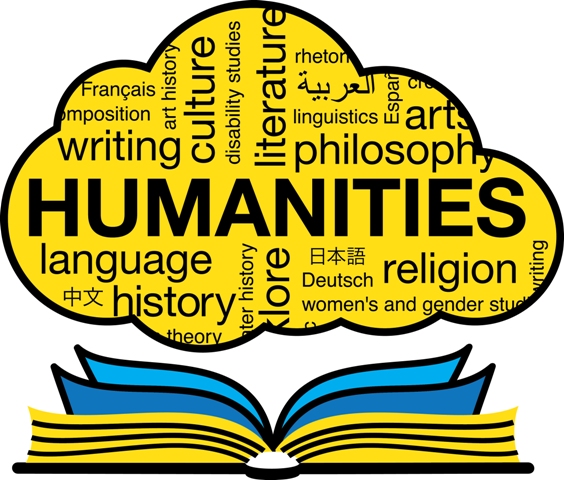| Shakyamuni Buddha |
The two traditions are different in the way they interpret the path of enlightenment. Theravada notions that, "the only person willing to dedicate his or her life" is the only "realistic hope of achieving Nirvana" which were usually monks (Bresnan 252). Contrarily, Mahayana Buddhism rejects this idea as they think it is, "too rule-bound, too elitist, and too narrow in scope" believing that Buddha's teaching should be available for all sector of society (Bresnan 296).
| Aum or also spelled Om symbol, Hinduism Symbol |
After the rule of Ashoka, Theravada Buddhism had started to decline in popularity as now the Indian population was mostly filled with poor families who were still holding onto traditional beliefs and traditions. Although Buddha intended that his teachings were for everyone it was clear that Buddhist were only being people from better educated upper classes. In effect, the hardworking rural people "were not attracted to a philosophy that must have seemed lofty and esoteric to them..." (Bresnan 260).
The rural people saw Theravada Buddhism as a way that, "turned its back on traditional beliefs and ceremonies" which shows that, "Hinduism was giving new life to the traditional way and beliefs" (Bresnan 260). This led to the revolutionary movement within the Buddhist community in India with a new interpretation of Buddhism which would soon be known as Mahayana Buddhism (Bresnan 260).
The nature of Shakyamuni Buddha changed from Theravada to Mahayana by turning Buddha into "a godlike being whose feet are far removed from the dusty earth" (Bresnan 269). The nature of Buddha is stated in The Doctrine of Trikaya which taught that Shakyamuni was just the incarnation of "Buddha" who is a "transcendent being, the embodiment of wisdom and compassion" (Bresnan 271). In addition Buddha is an embodiment of enlightenment and there exists a paradise known as the "Buddha-realm" where there are multiple Buddhas and devotees present throughout time (Bresnan 272).
I believe that parts of Hinduism was incorporated in Mahayana Buddhism as we can see similarities between Buddha with Krishna and Vishnu. They were both embodiment of an eternal being that came to provide teachings of achieving enlightenment and even many Hindus see Buddha as the incarnation of Vishnu. The reveal of Buddha's true identity was also that of similarity with Krishna's as Buddha appeared to be millions of light rays and Krishna as millions of figures.
It seems like there has been a full cycle in beliefs and traditions throughout time as we see aspects of Hinduism being integrated in Buddhism. Hinduism as a religion definitely played a role in the culture of peoples daily lives.
Works Cited
Hawley, Jack. The Bhagavad Gita: A Walkthrough for Westerners. New World Library, 2011.
says:, Charles, et al. “Hindu Symbols, Meaning, Tattoos, Iconography, Signs.” Hinduism Facts, 31 July 2021, www.hinduismfacts.org/hindu-symbols/.
Theravada and Mahayana Buddhism | World History - Youtube. www.youtube.com/watch?v=aCA6ioTLw-Q.

